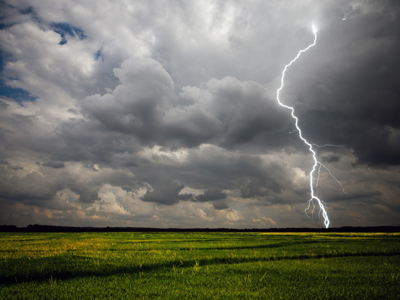

Physics - Sound Waves
This Physics quiz is called 'Physics - Sound Waves' and it has been written by teachers to help you if you are studying the subject at senior high school. Playing educational quizzes is one of the most efficienct ways to learn if you are in the 11th or 12th grade - aged 16 to 18.
It costs only $19.50 per month to play this quiz and over 3,500 others that help you with your school work. You can subscribe on the page at Join Us
All waves are one of two different types - transverse or longitudinal. When something vibrates, it creates a sound wave. Sound waves are longitudinal waves and the energy they carry causes vibrations in a medium, so they are mechanical waves. Like all mechanical waves, sound waves can only travel in places where there are particles that are sufficienty close to make the next-door particles vibrate. This limits sound to being heard only in solids, liquids and gasses. Science fiction films nearly always show sounds in space. This is technically wrong but let's face it, without the sounds these films would be dull and boring!
Ready for more?
not all...
quizzers. Try to win a coveted spot on our Hall of Fame Page.






